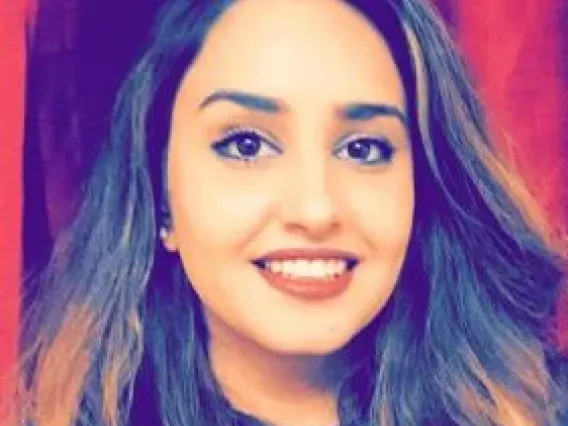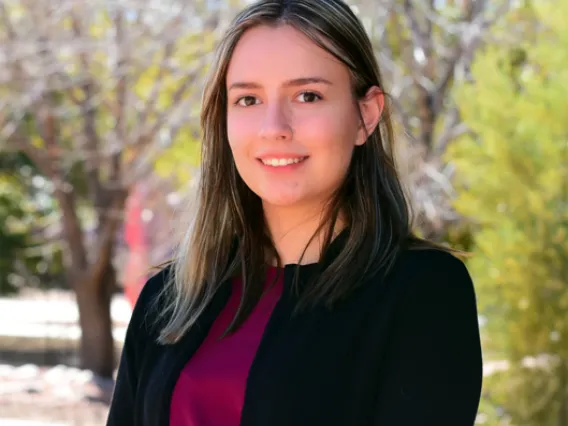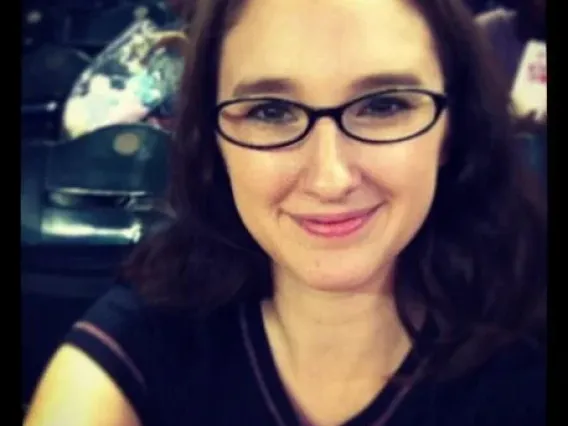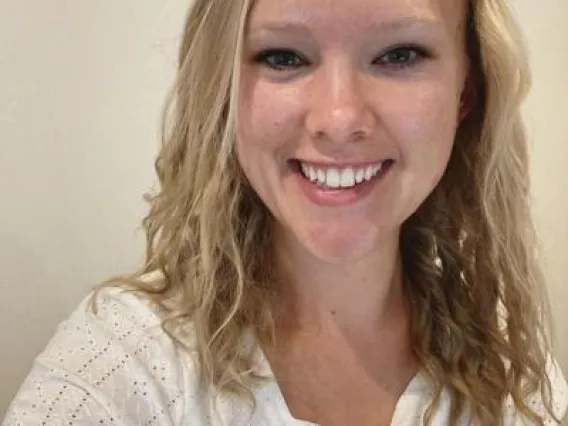UA's CAST debuts student branch of Women in Cybersecurity
By Summer Hom summer.hom@myheraldreview.com
Mar 29, 2022 Updated May 6, 2022
COCHISE COUNTY — In honor of Women’s History Month, the Herald/Review is highlighting the stories of women who make a difference in our community.
Today, we’re focusing on the field of education and how two professors at the University of Arizona are helping women break down barriers to enter the field of cybersecurity by establishing the first student chapter of the national organization Women in Cybersecurity at the UA.
Dr. Dalal Alharthi, assistant professor of practice in cyber operations at the College of Applied Sciences and Technology, said she founded the student chapter of WiCyS to help address gender disparity in the field.
“The main motivation actually is the global shortage of skilled women in (the) cybersecurity workforce,” said Alharthi. “This is something I’m very passionate about. I’d like through this initiative to support our students here at CAST by providing them with technical workshops, technical resources, networking and mentorship opportunities as well as providing them access to industry and academic leaders who are eager to help them succeed.”
She said there are four student officers in the student organization: President Stephanie Tognotti, Vice President Lindsey Hinz, Secretary Sadie Rose Belton and Marketing Chair Sara Robinson-Camarena.
Alharthi plans to provide students involved in the chapter access to technical workshops, mentorships and career networking opportunities as well as ways to give back to the upcoming generation with outreach programs.
“We’re working on working with K-12 schools to (introduce) students to age-appropriate cybersecurity concepts, challenges and other hands-on activities to spark their curiosity in cybersecurity — such as in social engineering, which is basically the psychological manipulation of people to trick them to click on a link or to reveal some information or to download an attachment like through phishing emails,” said Alharthi.
“They target not only companies but they also target individuals. So, we’re planning on introducing this concept to K-12 students in addition to other cybersecurity concepts like cryptography, passport cracking and other open-source intelligence, and also helping teachers to find free tools and assistance so they can teach cybersecurity concepts and skills needed for students to be successful in finding cybersecurity jobs, or even entering the cybersecurity field as a major at the university.”
She said the program is working on developing a Capture The Flag platform, an online team game in which participants use cybersecurity techniques to capture their opponents’ flags.
“I know that we have the talent and the drive of students here at the University of Arizona to make our own great CTF platform — which we could also share, of course, with local schools and offer a fun way to get a hands-on experience with cybersecurity concepts,” Alharthi said.
For Alharthi and assistant professor of practice Emily Carroll, the realities of being a minority in the cybersecurity field hits home.
“In many of my previous roles in the industry I was the only female cybersecurity engineer in many companies,” said Alharthi. “So, this is a rising challenge and I believe that it’s a shared responsibility, we all have to play our role to overcome this challenge. So, that’s why we established the Women in Cybersecurity student chapter at the University of Arizona to address this issue specifically.”
Carroll attributes the lack of representation of women in STEM careers as a stumbling block, and how that affects the way teachers, school counselors and parents talk to female students about their career options.
Carroll said she was the valedictorian and top math student in high school and was dissuaded from taking advanced level science classes.
“My high school offered programming classes — there was an AP programming class — but it was almost exclusively taken by boys. Nobody ever mentioned it to me,” said Carroll.
“I was actually discouraged from taking one of the advanced science classes because someone said that ‘it might be too challenging for me.’ We don’t see women doing these jobs as often as we see men doing them, so then teachers and guidance counselors might have these biases that they’re not aware of that are affecting the way they counsel young women to choose or to not choose certain career paths.”
According to a Jan. 26, 2021, article published on the U.S Census’ webpage, women make up 48% of the workforce, but only 27% are in STEM careers.
Because of this disparity, Carroll and Alharthi said that it’s all about bridging the gap and opening doors for the upcoming generation of women.
“Here at the University of Arizona, over half of the student population identify as female but less than 20% of the computer science department is female,” said Carroll. “What we find in our analysis in this lecture example is that if you randomly choose a male student and you randomly choose a female student, the male student is almost six times more likely to choose computer science as their major — which is a pretty insane ratio.
“It doesn’t appear to be normal or a typical choice for women to pursue that, and that’s a real shame — there’s a lot of important jobs in cybersecurity and in computation. And there’s a lot of interesting problems, regardless of whether you’re supporting national security or biology, research — whatever technology path you go down, there’s so many interesting problems, too, that I don’t want women to miss out on those.”
“It is very important to build a diverse workforce in general, because a diverse workforce will always outperform a homologous workplace,” said Alharthi. “Especially in the cybersecurity workforce, diversity is even more important as cybersecurity problems are complex and they require to (be) addressed with multiple perspectives in mind.
“(At the) Women in Cybersecurity Student Chapter at the University of Arizona, we address gender diversity in cybersecurity by empowering women and building a professional community that they can identify with.”






